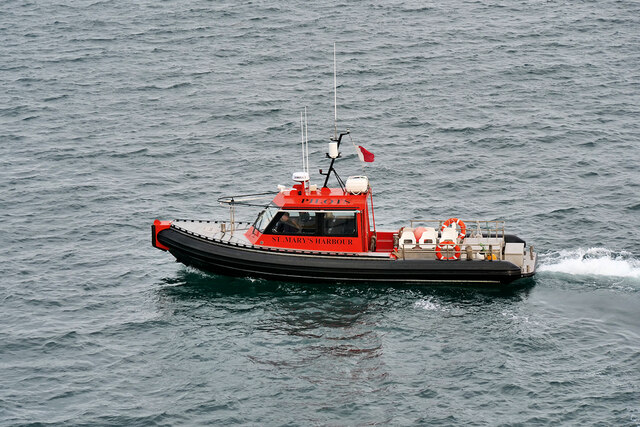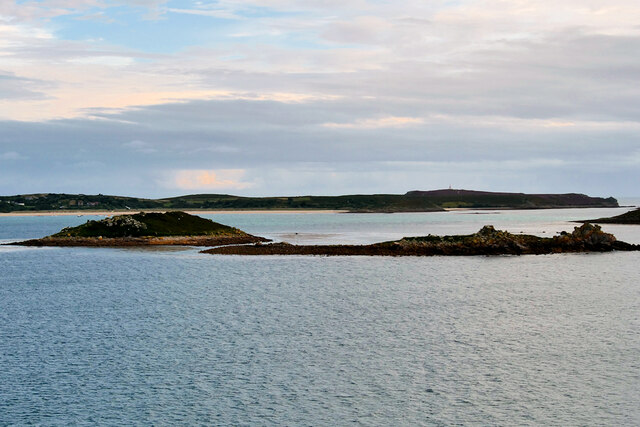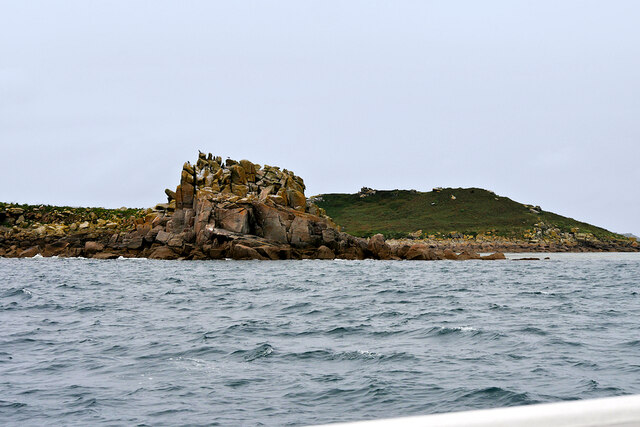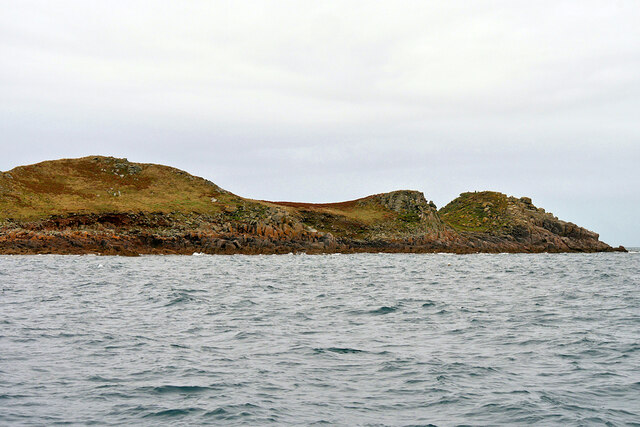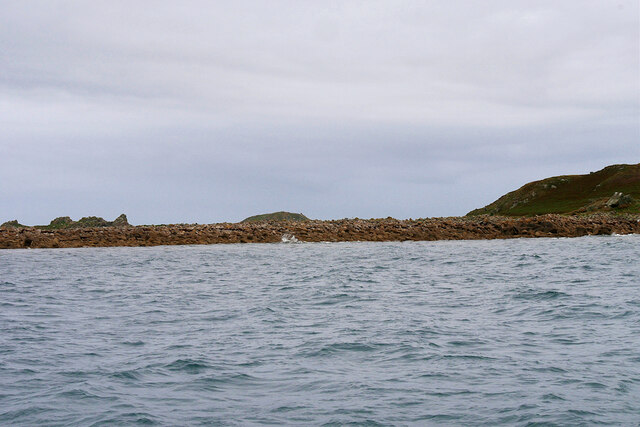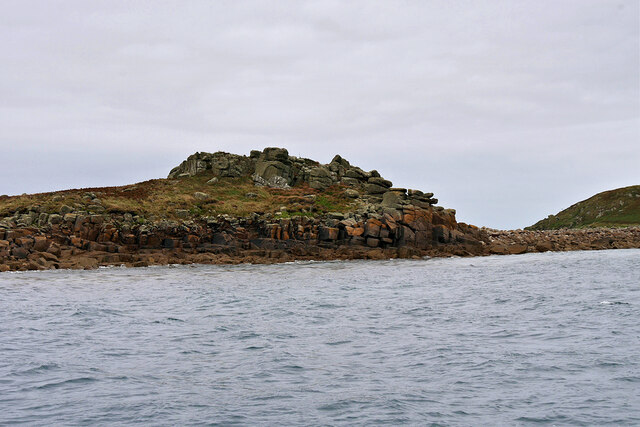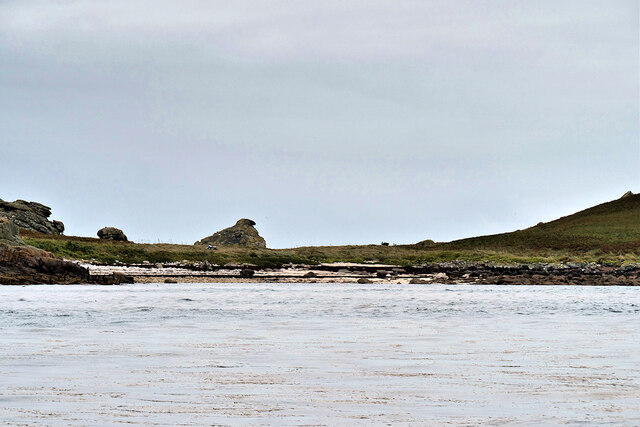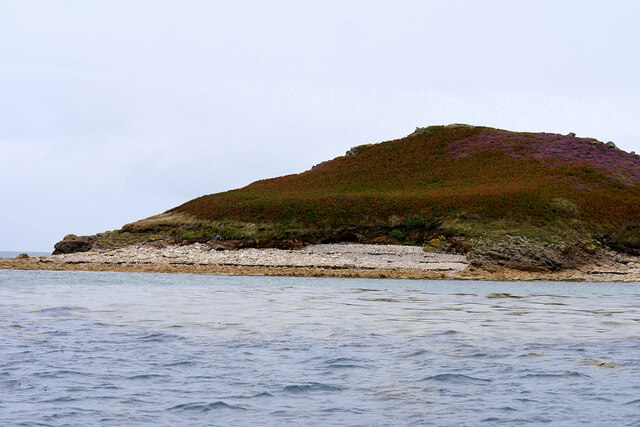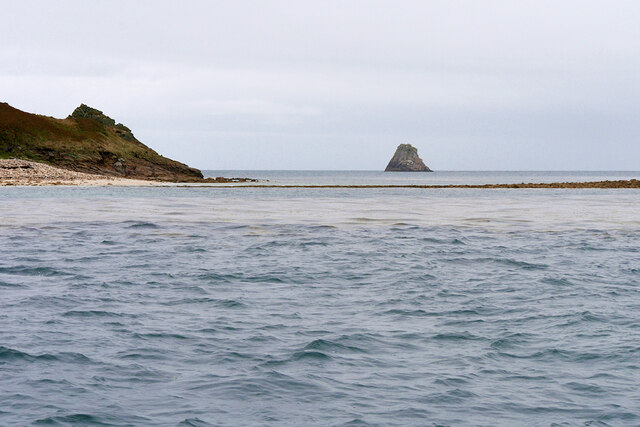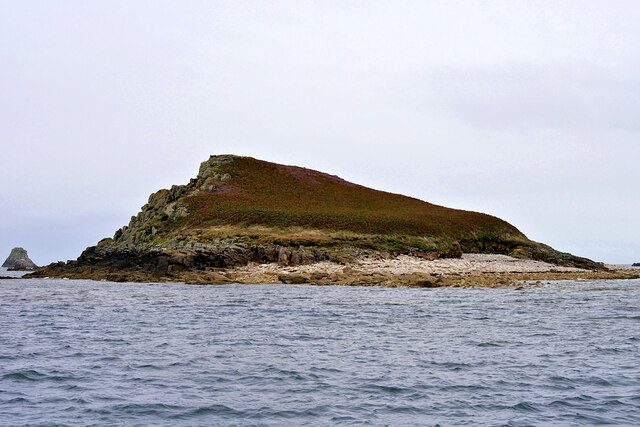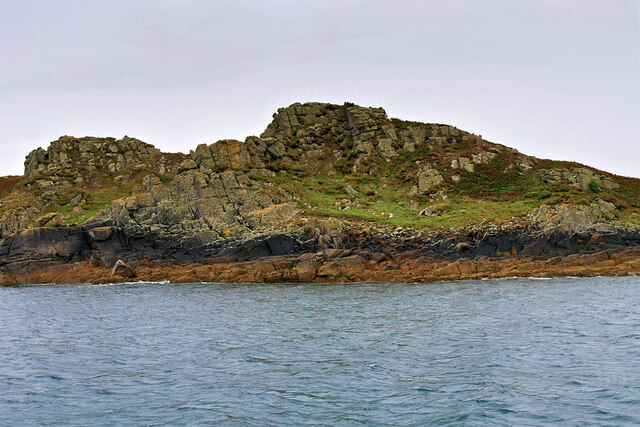Biggal
Island in Cornwall
England
Biggal
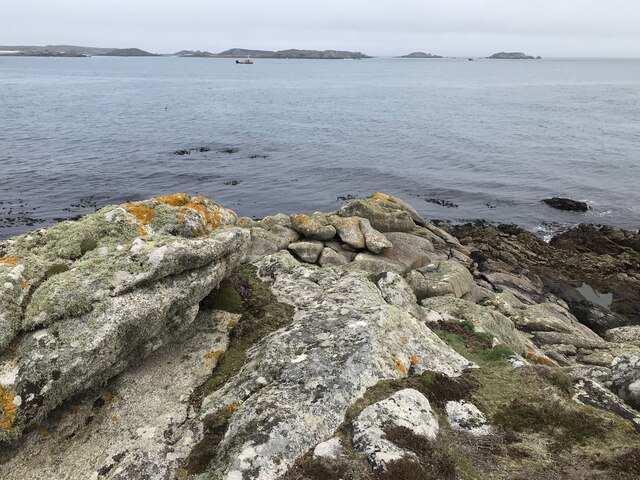
The requested URL returned error: 429 Too Many Requests
If you have any feedback on the listing, please let us know in the comments section below.
Biggal Images
Images are sourced within 2km of 49.939714/-6.2597076 or Grid Reference SV9413. Thanks to Geograph Open Source API. All images are credited.

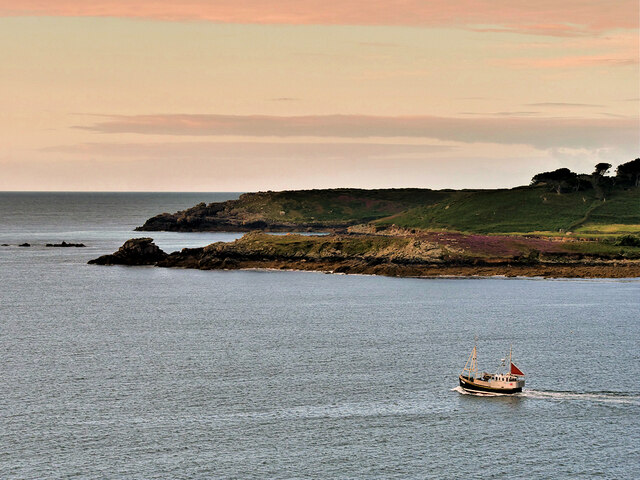
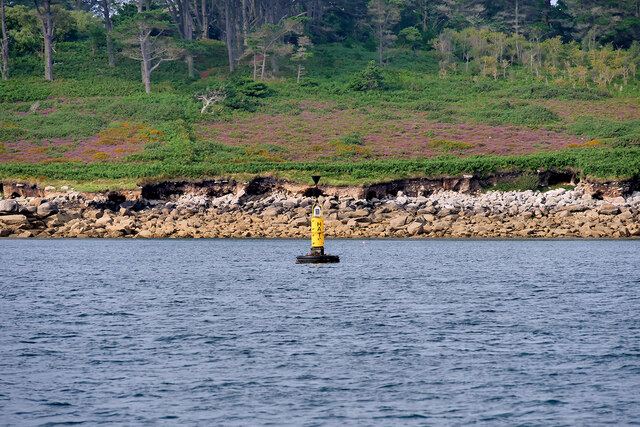
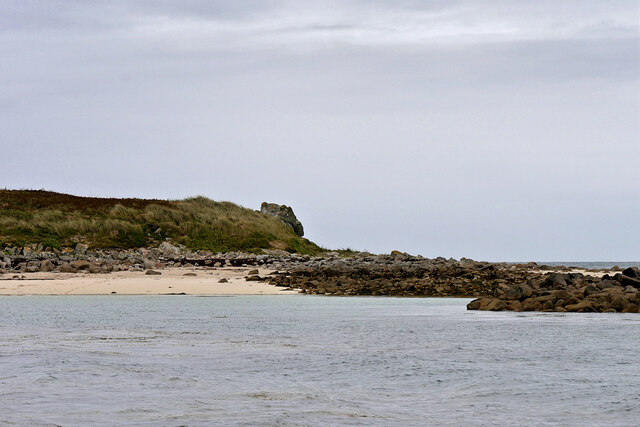
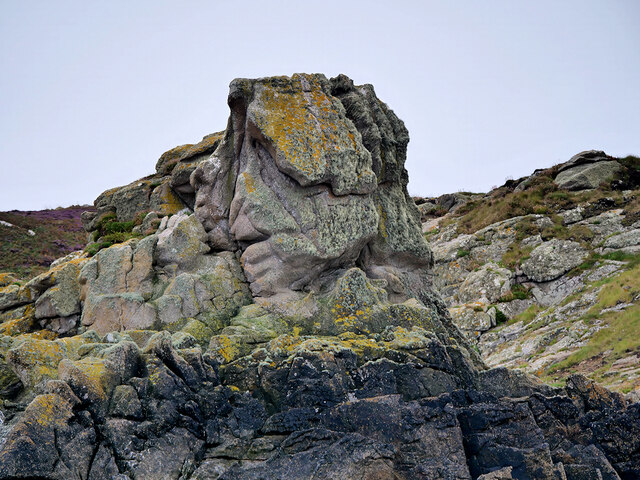
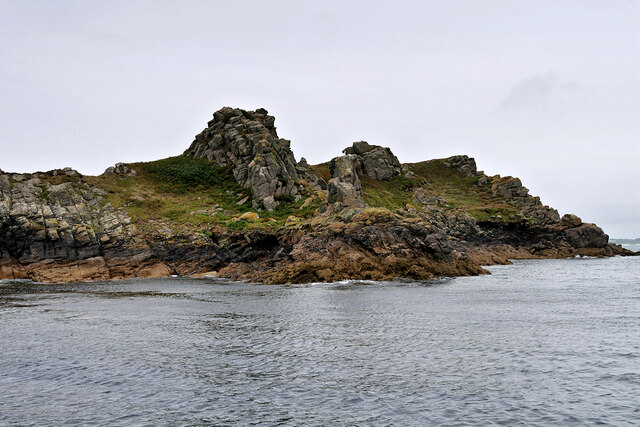
Biggal is located at Grid Ref: SV9413 (Lat: 49.939714, Lng: -6.2597076)
Division: Isles of Scilly
Unitary Authority: Isles of Scilly
Police Authority: Devon and Cornwall
What 3 Words
///sugars.winds.reserves. Near St Martin's, Isles of Scilly
Nearby Locations
Related Wikis
Wheel Wreck
The Wheel Wreck is the remains of a shipwreck lying in Crow sound off Little Ganinick in the Isles of Scilly. The wreck site consists of a discrete mound...
Great Ganilly
Great Ganilly ( gə-NIL-ee; Cornish: Goonhyli Veur, lit. 'great saltwater downs') is one of the Eastern Isles of the Isles of Scilly. It has a maximum total...
Eastern Isles
The Eastern Isles (Cornish: Enesow Goonhyli, islands of the salt water downs) are a group of twelve small uninhabited islands within the Isles of Scilly...
PS Earl of Arran (1860)
PS Earl of Arran was a passenger vessel operated by the Ardrossan Steamboat Company from 1860 to 1871 and the West Cornwall Steam Ship Company from 1871...
Nearby Amenities
Located within 500m of 49.939714,-6.2597076Have you been to Biggal?
Leave your review of Biggal below (or comments, questions and feedback).
